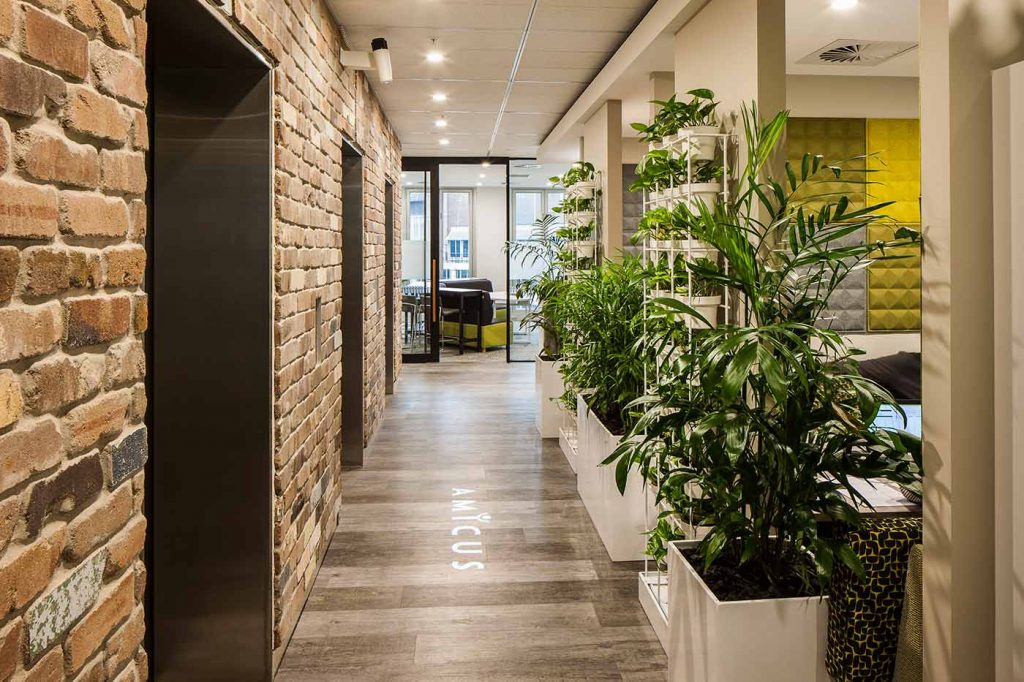
Microsoft Teams
Amicus uses Microsoft Teams to inject rigour into digital collaborative workspace
Amicus is a workplace design and construction business that has expanded to offer workplace consulting services.
We understand that a physical workspace affects the functionality and culture of a business. The same is true of a digital workspace.
We walk the talk when it comes to workspaces and culture. Our team of 80 people work flexibly. At any one time about half of them are on the road, whether they are salespeople, project managers, site managers or consultants. The leadership team is always on the move too.
That mobility is augmented by our work-from-home policy – we actively encourage that – and a very agile office working environment. No one has a fixed desk or office, and people are never in the same place two days running.
Our emphasis on mobility, coupled with our very strong collaboration culture, sets us apart. It makes Amicus a great place to work and helps ensure exceptional results for clients.
For the last two years, we have used Office 365 as an anchor platform for the business. We use the traditional Office suite of Word, PowerPoint and Excel as well as Yammer and Power BI.
Power BI is really useful for management on the move and means our leadership team always has access to key metrics and measurements to support decision making. We combine a range of data sources from across the business and feed them into Power BI, which people can access anywhere at anytime.
Previously in our business discussions, we might have tried to recall a number we saw two, three, four weeks ago. Now we can have really quick strategic conversations or brainstorming sessions because we can pull out our phones, check the number, discuss it, make a decision and move on.
We’re also an early adopter of Microsoft Teams. It’s a chat-based communication and collaboration tool that’s tightly integrated with Office 365. All the conversations and relevant documents about a project can be kept in Teams.
We’re lucky because collaboration and communication is embedded in our culture. With Teams, we are tooling that up to make collaboration even easier and add an extra level of efficiency.
Collaboration can just happen organically, socially, of course, but having a robust platform like Teams brings accountability to the process as well – we can all see who’s doing what.
And because it’s intuitive to use, integrates with Office 365 and is tightly linked to communication tools such as Skype for Business, Teams is proving a great support for rigorous collaboration and communication – particularly given the multidisciplinary teams that come together to work on specific projects for clients.
It’s important to have that because at Amicus, people from various disciplines work together. We have real diversity in cultural background, age groups – this isn’t a homogenous group of employees. We have different people focused on different things, working in the office, from home, in a café, from their car – but they can all be connected in the Teams digital workspace.
I’m now planning some other transformations that will see us adopt OneNote to promote even more team work. I’ve used it before, and overnight my team went from using binder folders three or four inches thick to having everything on our laptops and being able to share work with multiple people in a value chain of activity.
You have version control but feel like you are working on a single work book. People can be working on different parts of a document, and someone can be reviewing, and you can do it all intuitively.
We’re also looking at using SharePoint for our intranet. That will support all our workflows across the organisation.
In our world, the workspace is key to success – and that’s just as true in the digital as in the physical world.














